Shuck Dieback Of Pecan Trees: Learn About Pecan Shuck Decline Disease

Pecans are prized in the south, and if you have one of these trees in your yard, you likely enjoy the shade of this regal giant. You may also enjoy harvesting and eating the nuts, but if your trees are hit with pecan shuck decline and dieback, a mysterious disease, you could lose your harvest.
Signs of Pecan Shuck Decline Disease
If your pecan tree has shuck decline or dieback, you’ll see the impact on the shucks of the nuts. They start to turn black at the end and, eventually, the entire shucks may blacken. The shucks will open as normal, but early and there will either be no nuts inside or the nuts will be of lower quality. Sometimes, the entire fruit falls off the tree, but in some cases, they remain on the branch. You may see white fungus on the outside of the affected shucks, but this is not the cause of the decline. It is only a secondary infection, a fungus taking advantage of the weakened tree and its fruits. The ‘Success’ cultivar of pecan trees, and its hybrids, are the most susceptible to this disease.
What Causes Shuck Decline?
Shuck dieback of pecan trees is a mysterious disease because the cause has not actually been found. Unfortunately, there is also no effective treatment or cultural practices that can manage or prevent the disease. There is some evidence that pecan shuck decline disease is caused by hormones or some other physiological factors. It does seem to be that trees that are stressed are more likely to show signs of the shuck decline. While there are no treatments or accepted cultural practices for managing this disease, anything you can do to keep your pecan trees happy and healthy may help prevent shuck decline. Make sure your trees get enough water but are not in standing water, that the soil is rich enough, or that you fertilize them if necessary, and that you prune the tree to maintain good airflow and to avoid an overload of nuts.
Gardening tips, videos, info and more delivered right to your inbox!
Sign up for the Gardening Know How newsletter today and receive a free copy of our e-book "How to Grow Delicious Tomatoes".

Mary Ellen Ellis has been gardening for over 20 years. With degrees in Chemistry and Biology, Mary Ellen's specialties are flowers, native plants, and herbs.
-
 Get Ready For A Summer Of Hummers! Grow These Full Sun Hummingbird Plants and Flowers
Get Ready For A Summer Of Hummers! Grow These Full Sun Hummingbird Plants and FlowersIf you’re lucky enough to enjoy a sunny backyard, make sure you are maxing out on your pollinator opportunities and grow these full sun hummingbird plants and flowers
By Tonya Barnett
-
 12 Lush Alternatives To A Lawn For Sustainable Spaces
12 Lush Alternatives To A Lawn For Sustainable SpacesAlternatives to a lawn are beautiful and also beneficial to your local ecosystem and its pollinators. Explore our top picks for plants to replace grass.
By Tonya Barnett
-
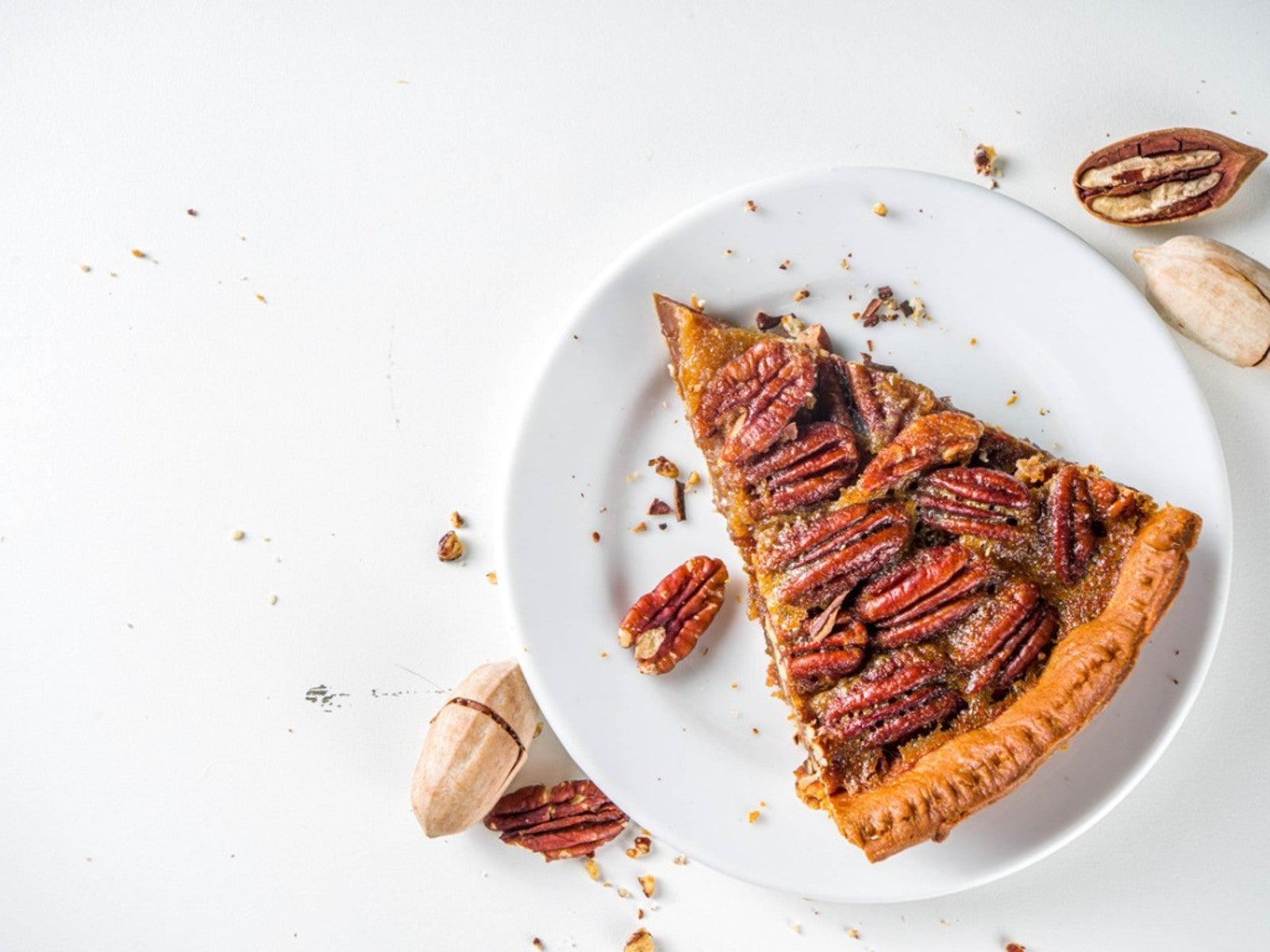 From Harvest To Table: How To Make The Perfect Pecan Pie
From Harvest To Table: How To Make The Perfect Pecan PieFall is pecan harvest time, which means it’s also time for the perfect pecan pie recipe. Read on for more.
By Amy Grant
-
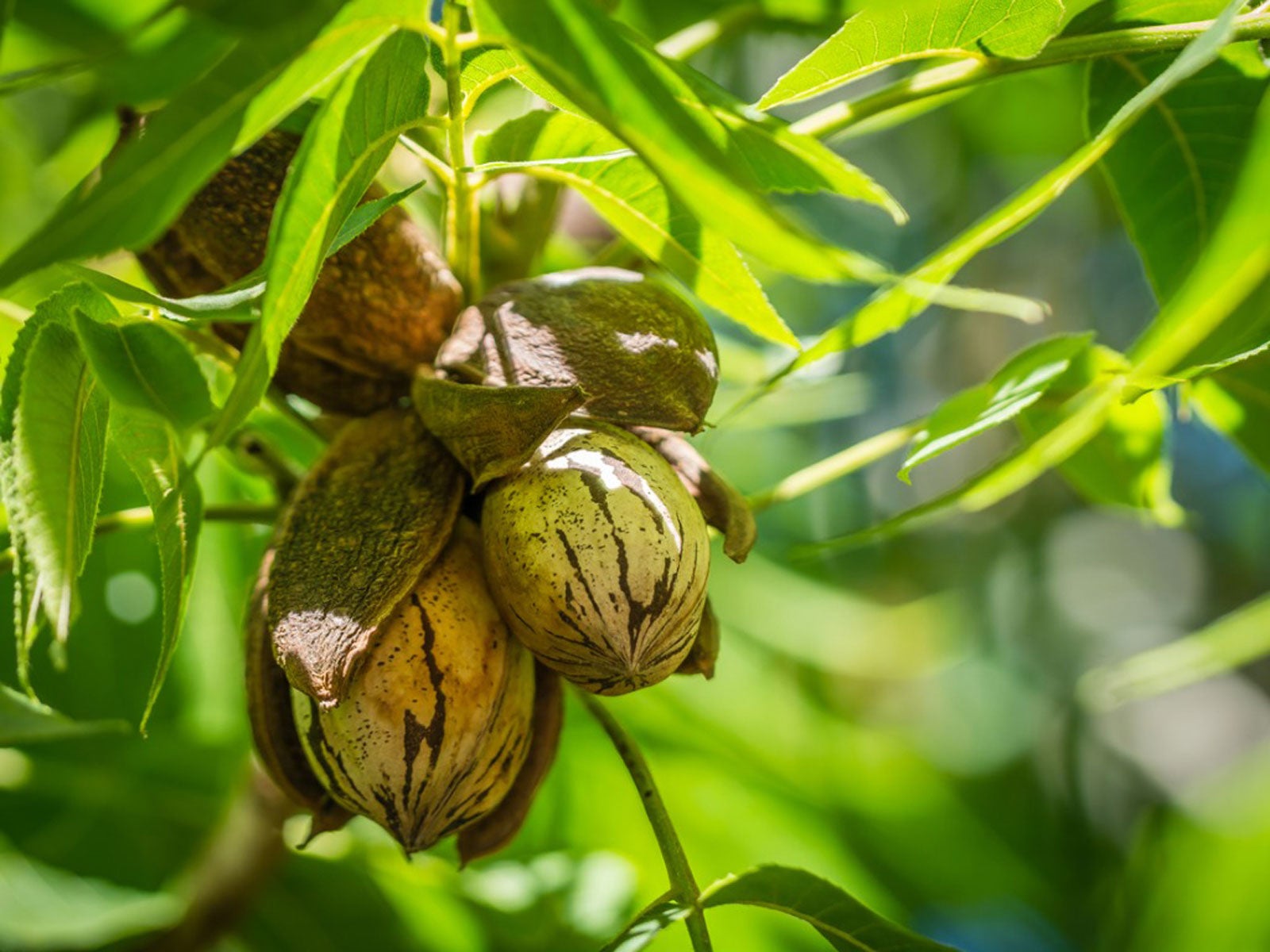 Root Pecan Cuttings – Can You Grow Pecans From Cuttings
Root Pecan Cuttings – Can You Grow Pecans From CuttingsPecans are delicious, so much so that if you have a mature tree, your neighbors are likely envious. You may want to root pecan cuttings in order to grow a few trees for gifting. Will pecans grow from cuttings though? Click here for info on pecan cutting propagation.
By Teo Spengler
-
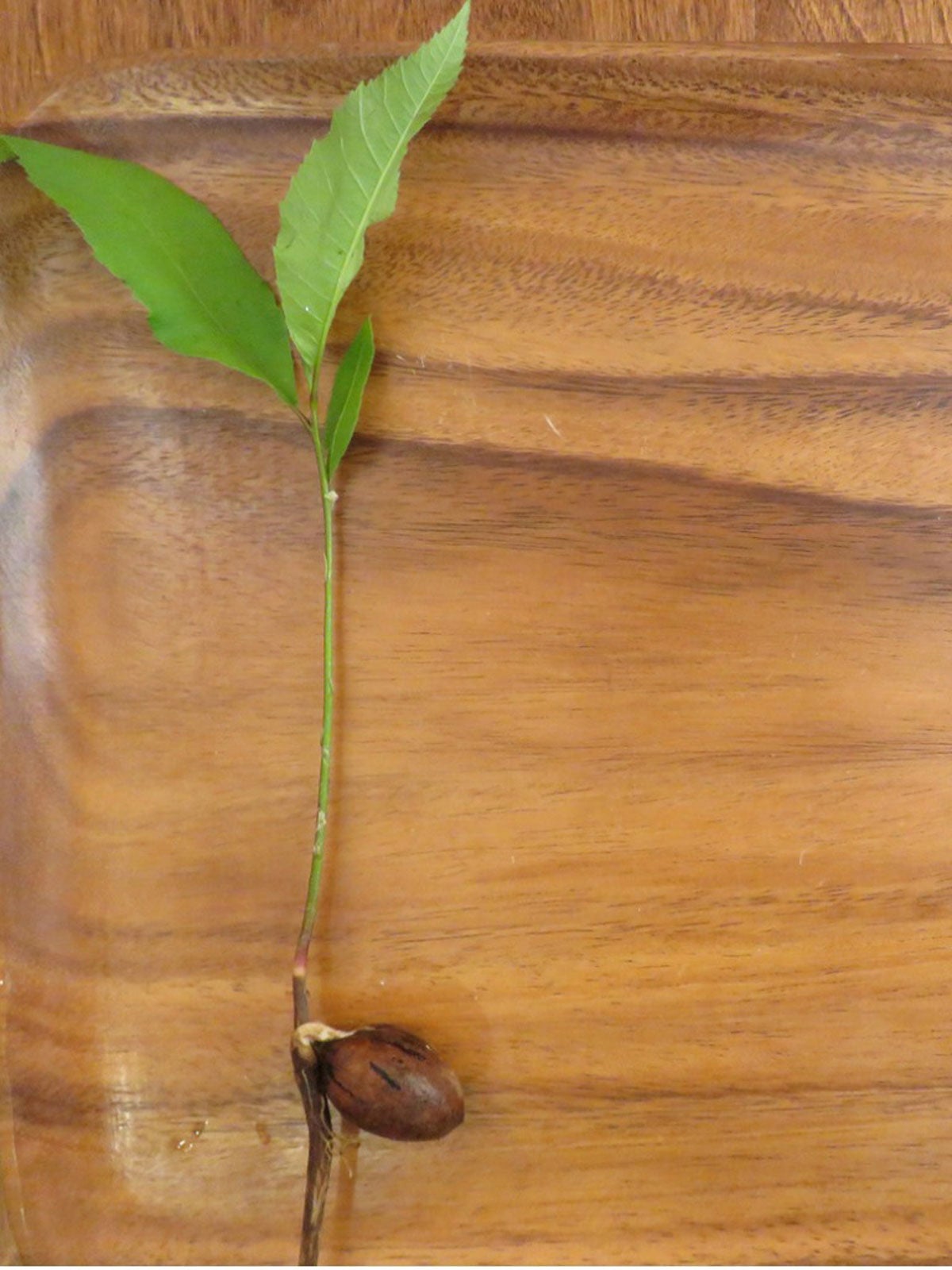 How To Plant Pecans: Learn About Sowing Pecan Seeds
How To Plant Pecans: Learn About Sowing Pecan SeedsGrowing pecans from seed is not as simple as it sounds. Sowing pecan seeds is only one step in a complex process of growing a nut producing tree. Can you plant a pecan seed? Click here to find out and get tips on how to plant pecans and pecan seed germination.
By Teo Spengler
-
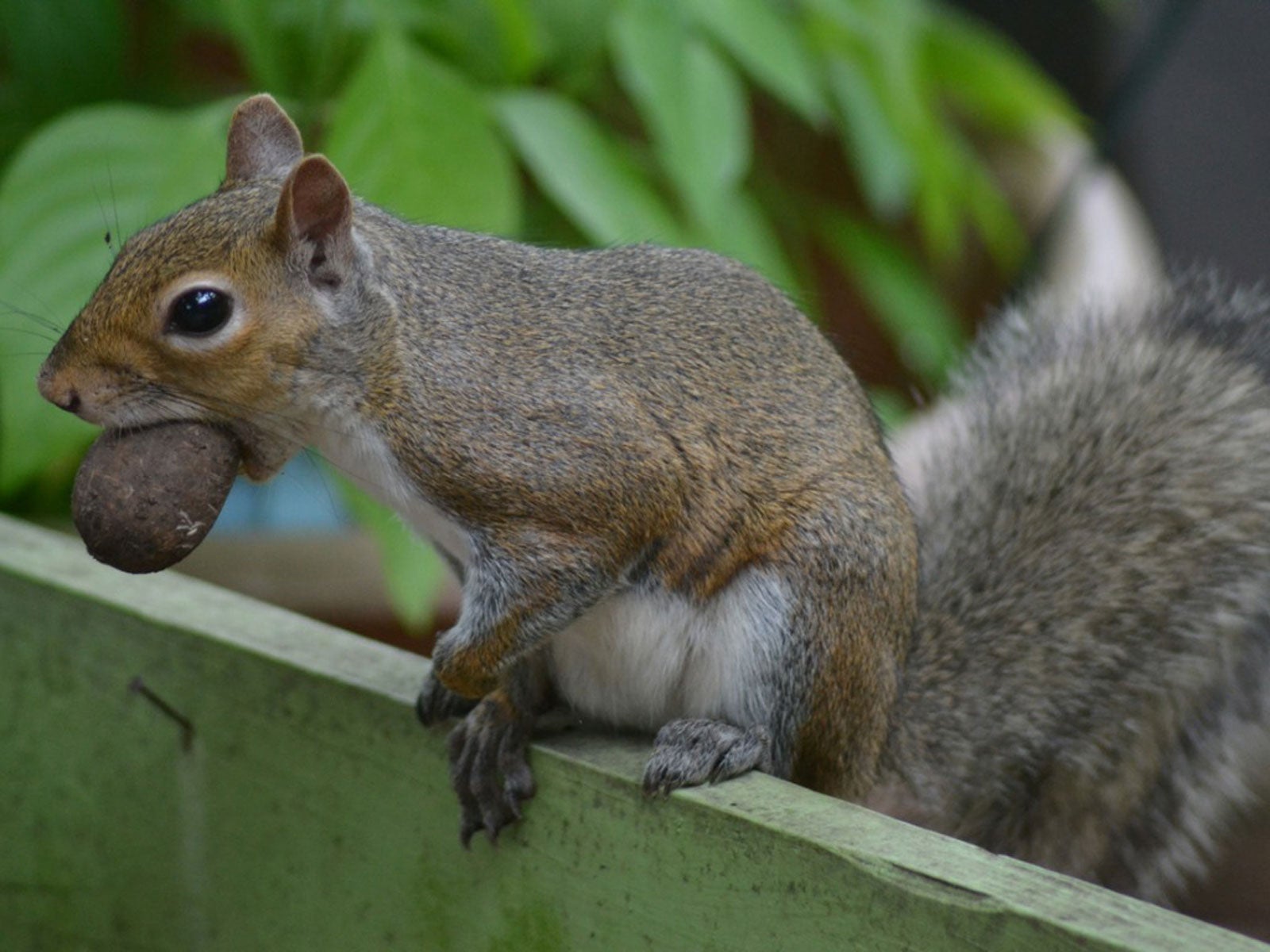 Help, Pecans Are Gone: What’s Eating My Pecans Off The Tree
Help, Pecans Are Gone: What’s Eating My Pecans Off The TreeIt’s definitely unpleasant to walk outside to admire your pecan tree and find half your nuts are gone! You may begin to wonder what could be eating your pecans. Click this article for ideas on different pests that eat pecans so you can save more of the tasty nuts for yourself.
By Teo Spengler
-
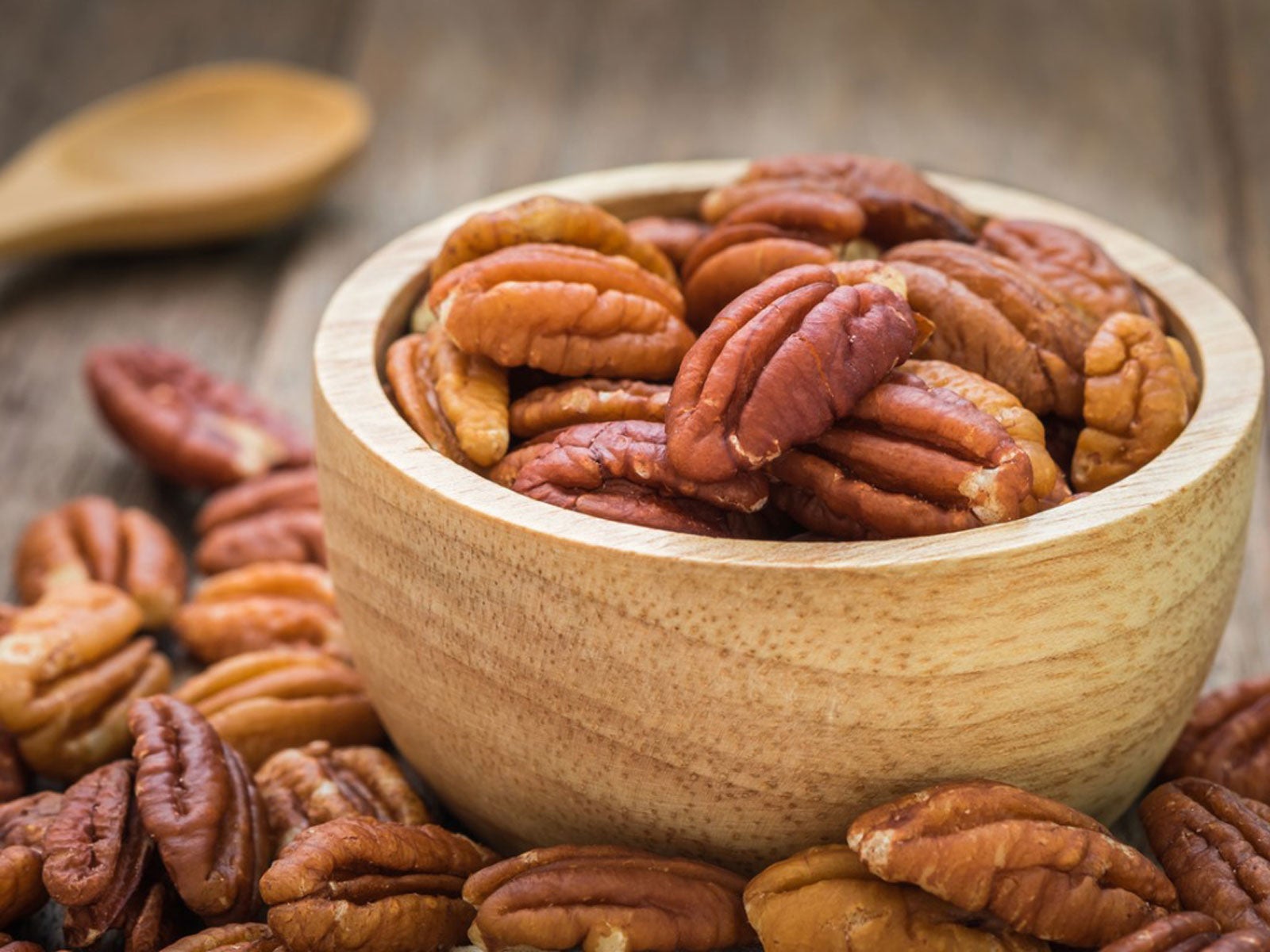 Using Pecans In The Kitchen: What To Do With Pecans
Using Pecans In The Kitchen: What To Do With PecansWith such a large quantity of nut production, one might wonder what to do with pecans. Cooking with pecans is the most common of uses, but there are other ways of using pecans. If you are lucky enough to have access to a pecan tree, learn how to use pecans here.
By Amy Grant
-
 Pecan Bacterial Leaf Scorch: Treating Bacterial Leaf Scorch Of Pecans
Pecan Bacterial Leaf Scorch: Treating Bacterial Leaf Scorch Of PecansWhile pecan bacterial leaf scorch (PBLS) does not kill pecan trees, it can result in significant losses. The following article discusses the symptoms and treatment for a pecan tree with bacterial leaf scorch. Click here for more information.
By Amy Grant
-
Pecan Downy Spot Control – How To Treat Downy Spot Of Pecans
Downy spot of pecans is a fungal disease affects the overall vigor of the tree, thus pecan downy spot control is integral to its health. The following article contains information on pecan downy spot symptoms and tips for treating a pecan tree with downy spot.
By Amy Grant
-
Pecan Vein Spot Control – Learn About Pecan Vein Spot Disease
Pecan vein spot disease is caused by the fungus Gnomonia nerviseda. The disease does not appear on shoots or nuts, only foliage and only in pecan trees. The good news is that the disease is infrequent, causes little crop loss and can be prevented. This article will help.
By Bonnie L. Grant